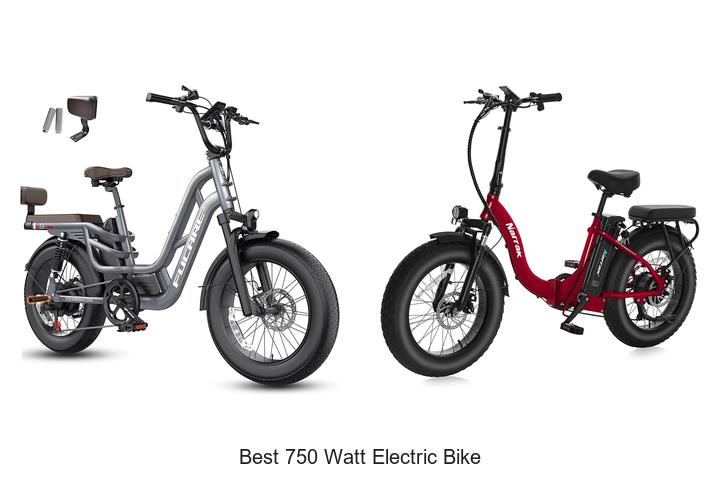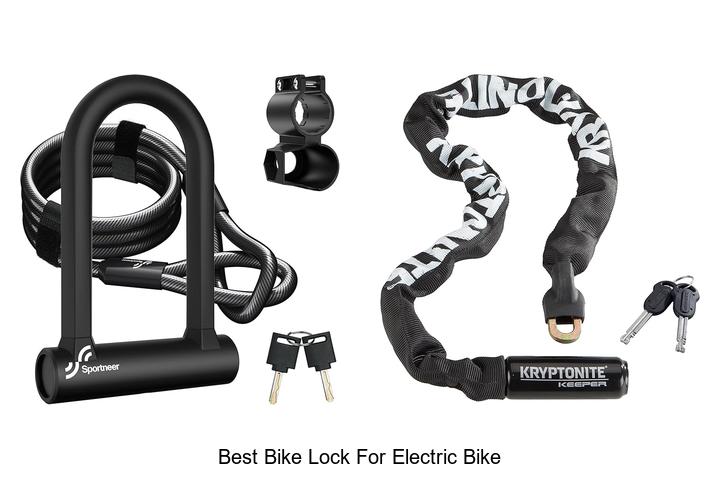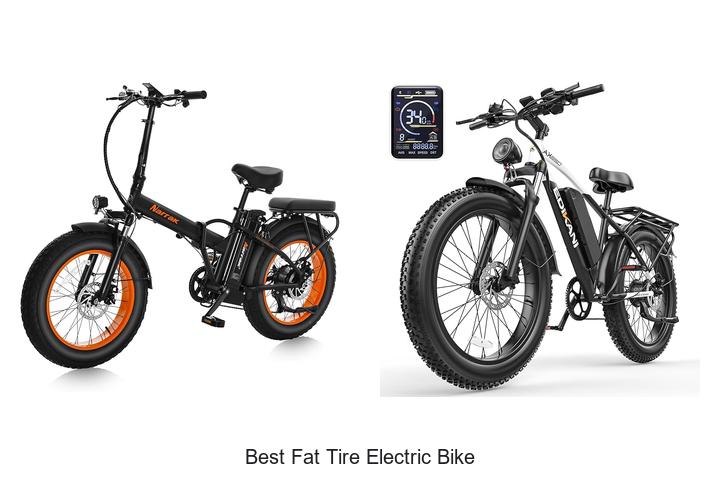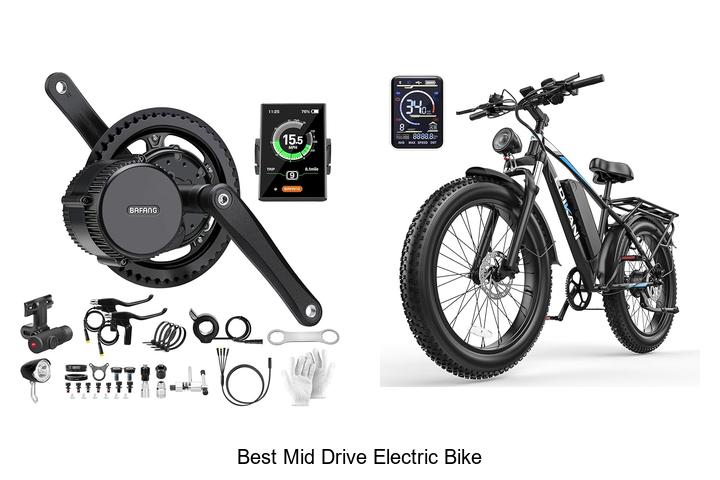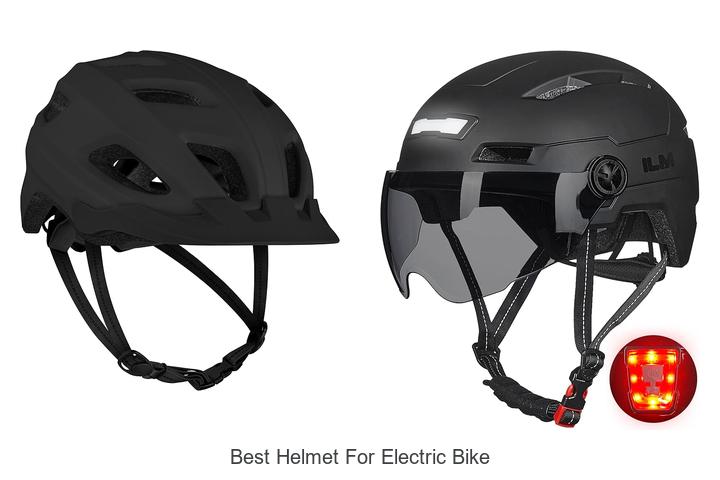How to Remove Speed Limiter on Electric Bike: Step-by-Step Guide
If you’re looking to get more speed out of your electric bike you might be wondering how to remove the speed limiter. Many e-bikes come with built-in restrictions that cap your top speed for safety and legal reasons. But sometimes you want to unlock that extra power and ride faster.
Removing the speed limiter can boost your bike’s performance and give you a more thrilling ride. However it’s important to understand the process and potential risks before making any changes. In this article you’ll learn the basics of how speed limiters work and the safest ways to disable them so you can enjoy a faster e-bike experience.
Understanding Electric Bike Speed Limiters
Speed limiters control the maximum speed of your electric bike, ensuring it operates within specific limits. Knowing how these devices function helps you make informed decisions about modifications.
What Is a Speed Limiter?
A speed limiter is an electronic or software-based control that restricts your e-bike’s top speed. It monitors parameters like motor output and wheel rotation to prevent acceleration beyond a preset threshold. This cap usually ranges from 15 to 28 mph, depending on regional regulations and bike specifications.
Why Are Speed Limiters Installed?
Speed limiters protect your safety by preventing excessive speeds that could cause loss of control. They also ensure compliance with local laws governing electric bike usage on public roads. Additionally, limiters help maintain battery efficiency and increase motor longevity by avoiding overexertion.
Legal and Safety Considerations
Removing the speed limiter on your electric bike involves important legal and safety factors. Understanding these considerations helps you decide if modifying your e-bike fits your needs.
Laws Regarding Speed Limiters on E-Bikes
Laws require speed limiters on e-bikes to ensure safe operation and classify the bike under specific categories. The maximum allowed speed varies by state and country, typically between 15 and 28 mph. Bikes exceeding these limits may lose their legal status, impacting insurance, licensing, and street use rights. Federal law in the U.S. defines a low-speed electric bike as one limited to 20 mph when powered solely by the motor. You must check local regulations before altering your bike to avoid violations and penalties.
Potential Risks of Removing the Limiter
Removing the speed limiter increases your bike’s top speed but also raises the risk of accidents and mechanical failures. Higher speeds demand better braking, handling, and protective gear. Overriding built-in controls can void warranties and cause premature wear on components like the motor, battery, and drivetrain. Increased speed also raises the likelihood of losing control or encountering hazards, especially in urban or crowded environments. Always consider your skill level and riding context before disabling the limiter.
Methods to Remove Speed Limiter on Electric Bike
You can remove your electric bike’s speed limiter through several technical methods. Each method varies in complexity and impact on performance and legality.
Using a Speed Limiter Removal Tool
Using a speed limiter removal tool offers a direct way to deactivate the limit without changing hardware. These tools connect to your bike’s controller port and alter preset speed parameters instantly. They support many popular e-bike models and keep other settings intact. Using this tool enhances speed while preserving battery management functions. Tools may require specific software updates to remain compatible with new controller firmware.
Reprogramming the Controller
Reprogramming the controller modifies the bike’s firmware to disable speed restrictions permanently. You’ll need a compatible programming cable, software like EBRA or Cycle Analyst, and basic coding knowledge. This method allows customizing acceleration curves, cut-off speeds, and other motor controls. It offers the most precise speed adjustment but carries a higher risk of software errors or bricking the controller if done incorrectly. Backing up original settings is essential before proceeding.
Installing a Different Controller
Installing a different controller replaces the original unit with one designed without speed limits or with higher thresholds. Choose a controller that matches your motor’s voltage and current requirements to avoid damage. This hardware swap usually requires rewiring, mounting modifications, and recalibration of sensors and throttle. While this delivers reliable unlimited speed performance, it’s the most invasive option and may void warranties or violate local e-bike regulations. Professional installation is recommended to ensure safety and compatibility.
Tools and Precautions Needed
Removing the speed limiter on your electric bike requires specific tools and strict adherence to safety guidelines. You’ll find the right equipment and precautions essential for a smooth and secure modification process.
Necessary Tools for the Process
- Speed Limiter Removal Tool: Connects directly to the controller port to disable the limiter without hardware changes.
- Programming Device or USB Cable: Enables firmware reprogramming on compatible controllers, requiring access to a computer or mobile device.
- Replacement Controller: Supplies an alternative control unit without speed restrictions, though installation demands technical skill.
- Basic Hand Tools: Includes screwdrivers, Allen wrenches, and pliers for opening the controller housing and disconnecting electrical components.
- Multimeter: Measures voltage and continuity to confirm correct wiring and avoid shorts during installation.
- Protective Gloves: Protects your hands when handling electrical parts or sharp components.
- Static Wrist Strap: Prevents electrostatic discharge that can damage sensitive electronic circuitry.
Safety Tips While Removing the Limiter
- Disconnect the Battery First: Always cut power by removing the battery or disconnecting its terminals to prevent electric shock or short circuits.
- Work in a Dry, Well-Lit Environment: Ensures clear visibility and reduces risks of accidental slips or electrical hazards.
- Follow Manufacturer Guidelines: Consult your e-bike’s manual or support resources to avoid damaging the controller or voiding warranties.
- Use Proper Tools Only: Avoid makeshift tools that can damage connectors or wiring.
- Test Components Gradually: Verify each step after modification to detect issues before full reassembly.
- Wear Eye Protection: Shields eyes from debris when opening hardware enclosures.
- Understand Legal Risks: Recognize local laws regarding speed modifications to avoid fines or invalidation of insurance.
These tools and precautions combine to support a safer, more effective speed limiter removal experience on your electric bike.
After Removing the Speed Limiter
You experience increased speed and responsiveness after removing the speed limiter on your electric bike. Proper testing and maintenance ensure safe operation and optimal performance.
Testing Your Electric Bike
Begin testing by riding your bike in a controlled, low-traffic area. Measure speed using a GPS-enabled app or cycle computer to confirm the limiter’s removal. Observe acceleration, braking response, and handling throughout the test ride. Check for unusual noises, vibrations, or motor heat buildup. Test all electrical components and ensure the battery supplies consistent power without voltage drops. Refrain from high-speed rides until you verify reliable performance and stable control.
Maintenance and Monitoring Performance
Maintain your electric bike regularly to handle the increased stress from higher speeds. Inspect brake pads and cables more frequently for wear and replace them when necessary. Check tire pressure and tread to optimize grip and safety. Monitor motor temperature during rides; excessive heat indicates potential issues. Review battery health closely to prevent capacity loss or failures, especially if you ride aggressively. Schedule periodic professional inspections to detect hidden mechanical or electrical problems caused by limiter removal. Use diagnostic tools compatible with your bike’s controller to analyze performance data and address abnormalities promptly.
Conclusion
Removing the speed limiter on your electric bike can unlock a new level of performance and excitement. However, it’s essential to approach this modification with a clear understanding of the legal and safety implications involved.
By taking the right precautions and choosing the method that fits your skill level, you can enjoy a faster ride while maintaining control and reliability. Always prioritize safety and compliance to get the most out of your enhanced e-bike experience.
